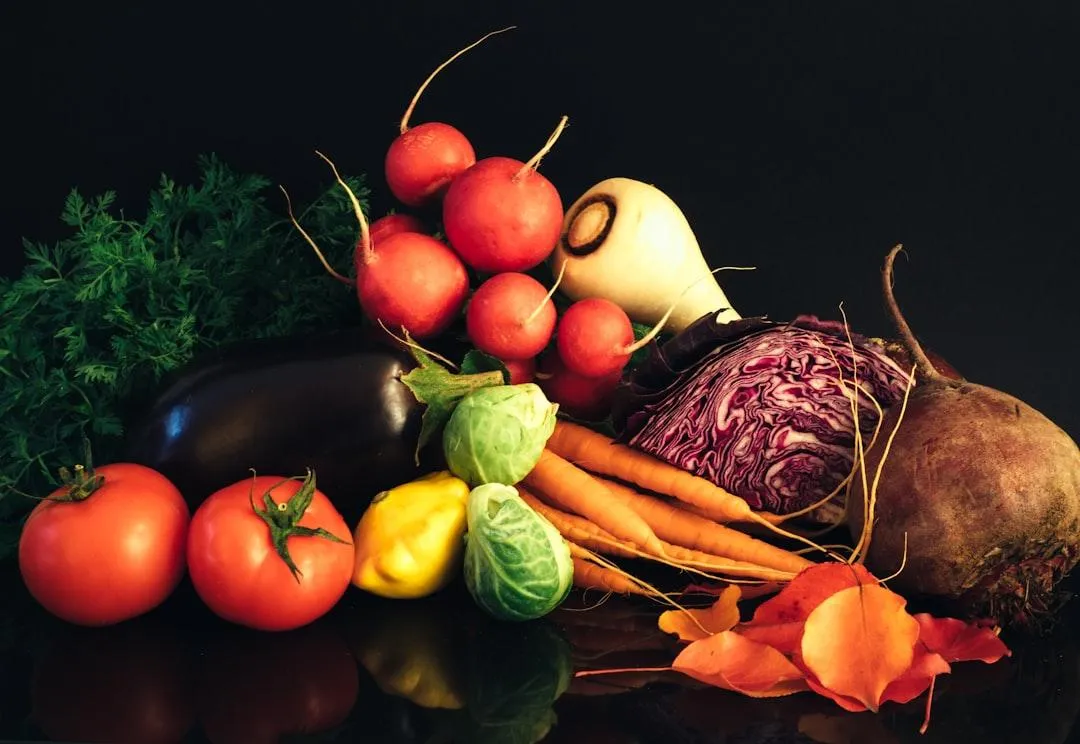
Market Smarts: Tips for Selecting the Best and Freshest Ingredients
Are There Any Insider Tips for Selecting the Freshest Ingredients at the Grocery Store or Market?
Smart shopping starts with knowing what to look for.
Ever brought home produce that looked fine in the store but turned mushy the next day? Or wondered why your dish didn’t taste as vibrant as you’d hoped? The secret often lies in the freshness of your ingredients.
Knowing how to pick the best fruits, vegetables, meats, and other essentials can make a big difference in flavour, nutrition, and shelf life. Whether you're shopping at your local grocery store or a weekend farmers’ market, here are some insider tips to help you spot the freshest picks like a pro.
🍎 Fresh Produce: Look, Feel, Smell
Go for vibrant colours – Dull, faded produce is often past its prime.
Check the firmness – Fruits and vegetables should feel firm but not rock-hard (unless they’re supposed to ripen at home, like avocados).
Avoid blemishes – Watch out for bruises, cuts, or soft spots—they usually mean it's overripe or starting to spoil.
Sniff test – Many fruits (like melons, pineapples, and tomatoes) give off a sweet, natural smell when they’re ripe and ready.
🛒 Bonus Tip: Seasonal produce is usually fresher, tastier, and more affordable. Ask a store associate or vendor what's in season now!
🥬 Leafy Greens and Herbs: Crisp Is Key
Look for crisp, bright leaves – Wilted, yellowing, or slimy leaves are a sign they’re on the decline.
Inspect the stems – They should be firm and moist, not dry or browning.
Store smart – Wrap in a paper towel and place in a breathable bag to extend shelf life at home.
🥩 Meat, Poultry & Fish: Freshness Matters More Than You Think
Meat: Should be a deep red (for beef), pink (for pork), or light pink (for chicken). Avoid grayish or dull-coloured cuts.
Fish: Look for clear, bright eyes and shiny skin. It should smell like the ocean—not fishy.
Packaged meats: Always check the sell-by or use-by date. If it looks questionable, skip it.
🛒 Bonus Tip: Buy meat and seafood toward the end of your shopping trip to keep it cold until you get home.
🧀 Dairy and Eggs: Dates and Texture
Milk & yoghurt: Check the sell-by date and avoid containers with bloated lids—that could mean spoilage.
Cheese: Should be firm and free of cracks or mold (unless it’s meant to be moldy, like blue cheese).
Eggs: Open the carton to check for cracks. A quick freshness test at home? Float an egg in water—if it sinks and lays flat, it’s fresh.
🍞 Bread and Baked Goods: Softness and Smell
Look for softness and bounce – Fresh bread should feel light and airy, not dense or hard.
Smell it if you can – Fresh baked goods should have a pleasant aroma. Avoid anything with an overly yeasty or sour smell (unless that’s the style).
🧺 Final Tips from Market Insiders
Shop early – You’ll get first pick of the freshest items.
Talk to vendors – At markets, they often let you sample or will tell you when the produce was picked.
Don’t overbuy – Buy only what you’ll use in a few days to avoid waste and keep meals tasting fresh.
In Summary:
Fresh ingredients don’t just make your meals taste better—they're also better for your health. With a little know-how and attention to detail, you can navigate your grocery trip like a chef and make smarter, tastier choices every time.
